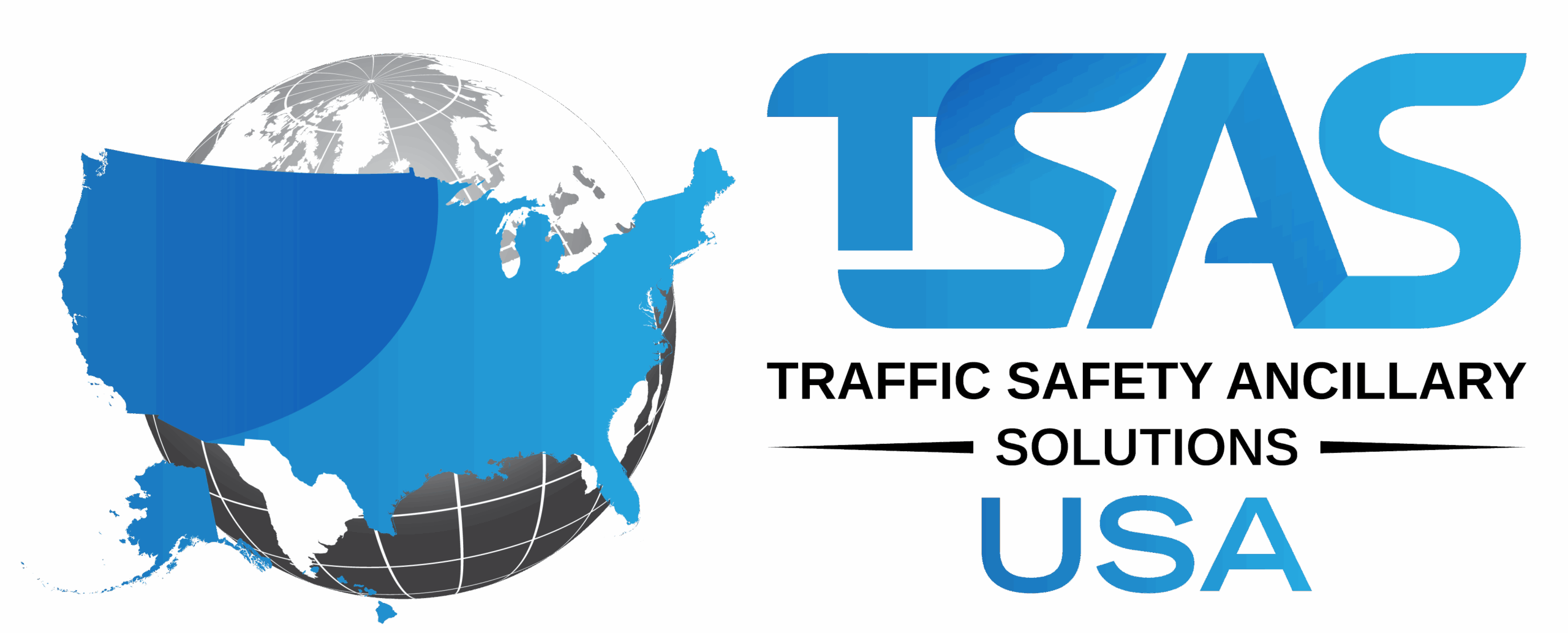1. Understanding Local and Federal Regulations:
Compliance with DOT, MUTCD, and other traffic safety guidelines is essential for legal operation and public safety in both public and private sectors.
2. Common Compliance Pitfalls and How to Avoid Them:
Many organizations unknowingly violate safety codes, risking fines or liability. Awareness and proactive assessments are key to avoiding these issues.
3. The Role of Professional Consultation in Compliance:
Traffic safety specialists help identify regulatory gaps and implement compliant systems tailored to a specific site’s needs and layout.
4. Compliance as a Tool for Risk Reduction:
Ensuring compliance doesn’t just fulfill legal obligations—it actively protects organizations from costly lawsuits and operational disruptions.
5. Keeping Up with Evolving Standards:
Traffic safety regulations evolve with new technologies and safety research. Ongoing reviews and updates are essential for maintaining compliance.



